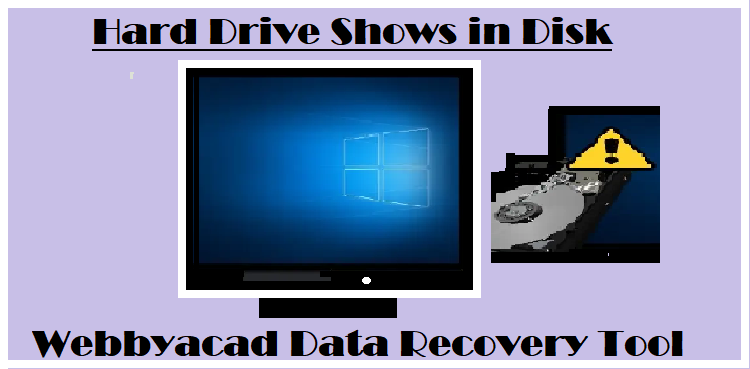Summary: The hard disk should occasionally appear in Device Manager or Disk Management but not Computer or This PC. This article from the ToolsForge website contains remedies to this problem, as well as a toolkit—ToolsForge data recovery tool Software—for recovering any lost or missing files.
Disk Management shows the hard drive but not the partitions. According to a Computer problem, an external hard drive connected to your computer may be displayed in Disk Management or Device Manager, but it will not appear in Computer or This PC.
Why does Hard Drive shows in Disk but not Computer?
Hard Drive shows in Disk but not the partitions. According to a Computer problem, an external hard drive connected to your computer may be displayed in Disk Management or Device Manager, but it will not appear in Computer or This PC.
Initialization of the hard drive. If the hard disk has not been initialized, it will not appear on your computer, but you can check Disk Management to see if it displays a “Disk Unknown Not Initialized” message.
Finally, because there is no evidence that the hard disk is visible in Disk Management but not in Computer, it is impossible to trace the reasons to a single source. Finally, this article gives various viable remedies to help you avoid this problem in the future.
There is a problem with the connection. Because of a connectivity problem caused by a faulty USB cable, USB port, USB adapter, or reader, your hard disk displays only in Disk Management and not Computer.
This Computer a disk driver that is no longer supported. Due to an outdated disk driver, your drive will not function correctly when connected to your computer Because of all of the previously listed scenarios, you may only be able to see your hard disk in Disk Management.
When I Click on Computer, but I can Access Steps :
Step 1: Assign a new drive letter to your hard drive
You can also assign a new drive letter to a hard drive that does not appear in the This PC or Computer tabs. This work is pretty simple, and I am confident that you will be able to do it correctly in one sitting.
- Use the Win + X keyboard shortcut to launch Disk Management on your PC.
- Select Change disk Letter and Path from the menu after locating and right-clicking your hard disk.
- Change the drive letter on your hard disk to anything new.
- Select the Add option. If your drive is empty, choose a new drive letter and click OK to save your changes.
Step 2: Create a new volume on your drive
As a result, make a backup copy of your data or perform a pre-scan with Webbyacad data recovery tool Software.
- After pressing the Win and X keys at the same time, select Disk Management.
- When your disk seems empty, right-click it and select New Simple Volume.
- Create a new volume on your drive.
- If you give the new volume a drive letter and a file system, Windows will properly identify it.
Step 3: Reformat your hard drive
To solve this issue, you can format the hard disk, which will erase all of the data on it. Here’s where I’ll walk you through the process:
- After making a right-click, double-click the Start button to launch Disk Management.
- Locate your hard disk in the left sidebar, right-click it, and select Format from the drop-down menu.
- Get the hard drive ready for formatting.
- In the Volume label and File system boxes, give the hard disk a name and define the file system.
- Check the Perform a rapid format option and click OK to begin formatting.
In Conclusion
If you’re having issues with the hard disk appearing in Disk Management but not in Computer or This PC, you’ve come to the right spot. This essay will give you six different approaches to dealing with it.
In addition, if you haven’t already taken a backup, you’ll get a great suite of data recovery tools to search your drive for misplaced or destroyed files and documents.
Read some more blogs:
[Solved] How to Restore Deleted Files in OneDrive?


[…] [Solved] Hard Drive shows in Disk Control but not on Computer […]
[…] Hard Drive shows in Disk […]